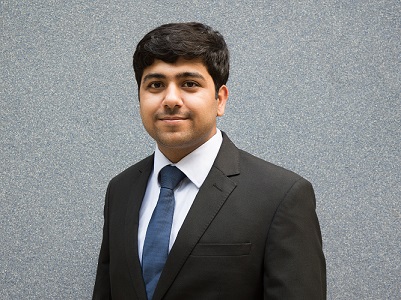The Chinese Pharma industry is worth $105 billion and is second biggest market after the US. This industry has been growing at an average rate of 16.72% annually over the last few decades. The pharma industry in China is forecasted to reach $158 billion in 2016 and grow at a rate of 7.7% till 2019. The remarkable growth has been made possible by a slew of measures undertaken by the government to foster the health of the industry.
With the aim of providing safe, effective, convenient and affordable health-care system China issued a health-care reform plan in 2009. The plan aimed at investing 850 billion yuan (124 billion US dollars) for the reforms over a period of three years. Rise in spending on public sector such as health care by government will help China to expand its domestic markets.
Middle class in China is spending more on healthcare which may help China to compete in western markets. In order to remain competitive in pharmaceutical sector, the State Food and Drug Administration asked domestic companies to increase their investment in R&D. as per the reform plan government plans to invest USD 1.5 billion for the development of new drugs between 2011 and 2016. In terms of incentives the government is offering tax reliefs for the domestic pharmaceutical and biotechnology firm as well as it is giving direct investment to pharma companies to support their growth.
The Chinese Income tax law and various other regulations have provided various such tax incentives and scheme to encourage the growth of R&D sector in China. The research center which provided its research services to foreign companies enjoy subsidized income tax rates and tax exemptions. Furthermore, if the manufacturers can qualify as an ‘Advanced and New Technology Enterprise’, they are eligible for a reduced income tax.
If the enterprise qualifies as a ‘High New Technology Enterprise Incentive’, it is entitled to a reduced corporate tax rate of 15% as compared to 25%. Furthermore, newly established HNTEs in five economic zones of China can enjoy a full tax exemption of two years, and then three years of 50% reduction in corporate tax. Moreover, the government is also giving a CIT Super deduction under which companies are allowed to deduct 50% of expenses for R&D costs, including salary to R&D personnel, expenses occurred in the development of new product & technology and depreciation of equipment used in research.
Furthermore, companies in China are also given an income tax exemption for transfer of technology. The country is also focusing increasingly on quality and promoting local companies by introducing a slew of measures. This has led to a new norm in the country wherein local companies increasingly make generic drugs.
Strong patent protection in China for pharmaceutical is a top priority. Government of china has taken steps to enhancing competitiveness and innovation in pharma industry. It constantly updates and amends IP laws to stimulate innovation. 3rd amendment in patent laws has changed the approach of assessing the novelty of innovation.
Earlier Chinese patent examiners did not consider public use out of China. This occasionally allowed “patent hijacking” and to mitigate it has adopted new standard by considering the public use outside of China. For the foreign companies who have invented in China, the applicant must take permission from the State Intellectual Property office prior to filing a patent application in a foreign country. Strong patent protection in China for pharmaceutical is a top priority. If the acquisition or use of the genetic resources or traditional knowledge violated the Chinese law or regulation, no patent will be granted. Government has also taken initiatives such as lifting the price controls for 280 basic medicines manufactured by western pharmaceutical companies.
China’s essential medicine policy
From 2009, China introduced different policies like Essential Medicines list, organizing production, pricing, quality assurance, tendering and procurement, distribution, rational use, monitoring and evaluation, etc. to ensure the affordability and accessibility of medicines. Government run healthcare institutions and village health posts are on zero mark-up policy in which people can save on average 15% mark up on the price. Though there is no legislation for the losses incurred by the health institutions caused due to zero mark-up policy, the incentive for innovation is still there as the pharmaceutical companies are not affected because the prices are reduced from the distribution side.
The government is working on policies aimed at incentivizing these health institutions for the losses they are occurring. Working towards a free AIDS treatment, domestic NGOs are working hand in hand with government of China to develop a policy for global companies regarding the intellectual property rights related to AIDS drugs. These are aimed at bringing down the prices of essential drugs and to make them more affordable and accessible to public. They do so by parallel importation or compulsory licensing which is a part of DOHA Declaration.
China also has a free national AIDS treatment programme in which manufacturers are encouraged to develop medicines based on older patents and government also negotiates with pharmaceutical companies on the prices of their current patents. These are done through direct price negotiation with international pharmaceutical companies or by bulk buying negotiation.
About the Author:

Chirag Khanijo is a student of the pioneer batch at IIM Nagpur. He has a strong technical knowledge of science & technology. He loves marketing & strategy and wants to pursue a career in consulting. He likes to spend his free time reading about strategies adopted by various companies. He is also an excellent table tennis player.
